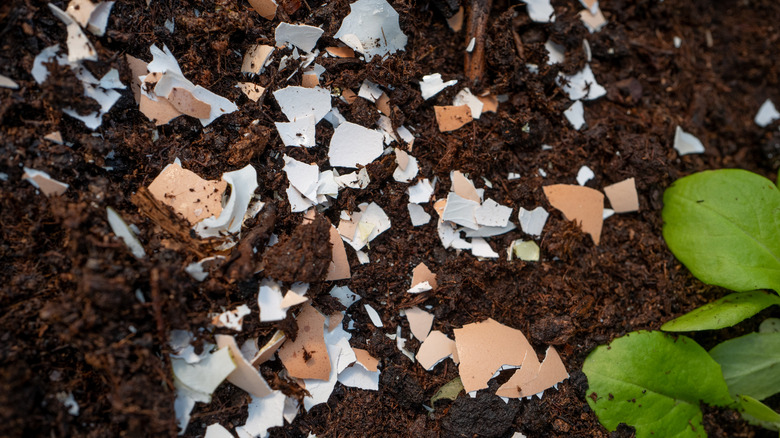In the realm of gardening, the battle against cutworms rages on, with these elusive pests threatening the vitality of countless gardeners’ beloved plants. Amidst this struggle, however, a beacon of hope emerges from an unlikely source: the kitchen. Tin cans, like those used for soup, are often tossed in the recycling bin without a second thought, but these cans can be repurposed as protective barriers around vulnerable plants, thus keeping cutworms away. With this tip, gardeners can thwart these voracious pests’ advances, creating a line of defense that’s both eco-friendly and effective.
A great alternative to harsh chemical pesticides, this tin can tip helps gardeners minimize waste and maximize resources, promoting both biodiversity and soil health. Though you might not expect it, DIY solutions that use readily available materials can create some of the simplest but most effective defenses against pests. Harness the circular economy by repurposing your tin cans and keeping cutworms out of your plants’ business.
How to deter cutworms with tin cans

To protect your garden plants from cutworms, start by gathering clean tin cans from your kitchen or recycling bin, ensuring they’re free from sharp edges. Identify areas in your garden where plants are vulnerable to cutworm damage — these are typically around young seedlings, tender plants, and roots. Remove the bottom of each can and slip the tube around the base of one of these plants, pushing deep enough to partially bury the can while leaving about 1 inch exposed. Distribute the cans evenly around the plants to create a barrier that will block cutworms’ entry. Regularly monitor your garden for any signs of cutworm activity, and adjust the cans if needed.
Employ this method, and you can enjoy some peace of mind knowing that your plants are protected — without the use of any harmful chemical pesticides (interestingly enough, toothpaste is another effective way to banish unwanted bugs). With some ingenuity, it’s easy to repurpose everyday items for sustainable gardening practices and reap the benefits of a healthier garden ecosystem.
Other kitchen items that deter cutworms

In addition to tin cans, other common kitchen items can be repurposed to combat cutworms in your garden or lawn. Coffee grounds, which most people discard after brewing their morning cup of joe, can serve as an effective deterrent for these pests. Sprinkling used coffee grounds around the base of your plants creates an abrasive barrier that may irritate and discourage cutworms. Although this method isn’t scientifically proven, many people swear by it.
Crushed eggshells offer another simple solution. The next time you have eggs for breakfast, save the shells and crush them into small pieces. Scatter these around the base of plants in your garden to create a physical barrier that cutworms are reluctant to cross. Not only does this method discourage pests, but it also provides the soil with calcium as the eggshells break down over time, benefiting your plants in multiple ways.
Alternatively, garlic’s strong odor is notorious for repelling various garden pests. Using this cooking staple to create natural insect sprays can help keep cutworms at bay. Certain spices like cayenne pepper or chili powder also contain compounds that repel insects, including cutworms. Sprinkling these spices around the base of your vulnerable plants or mixing them with water to create a spray can prevent cutworms from feeding in your garden.



